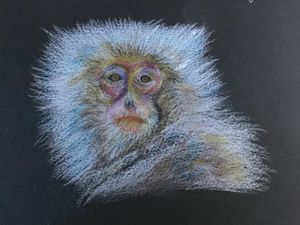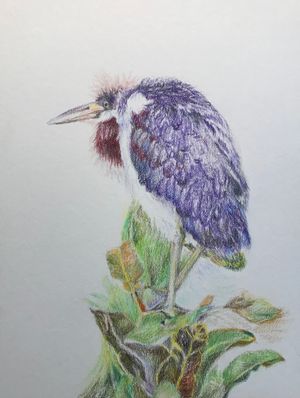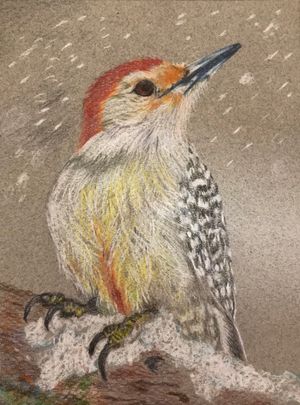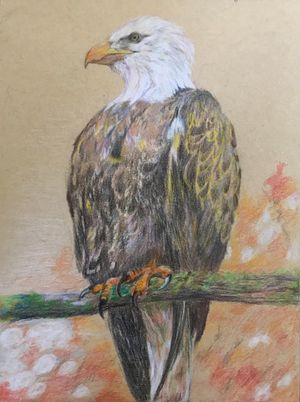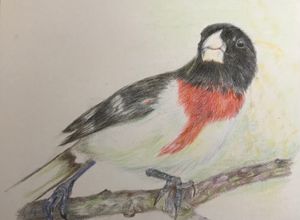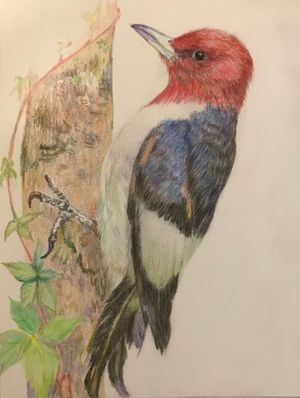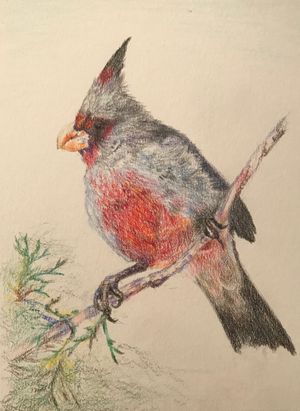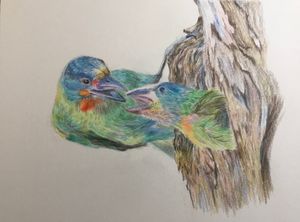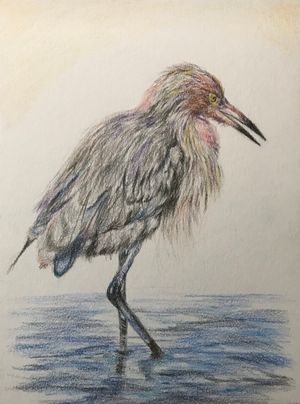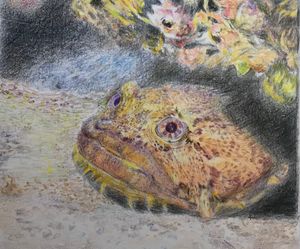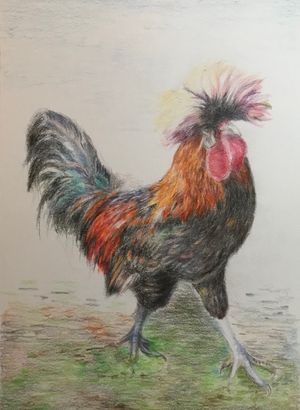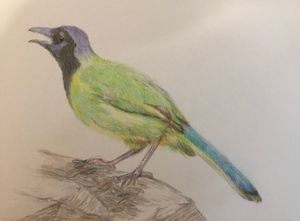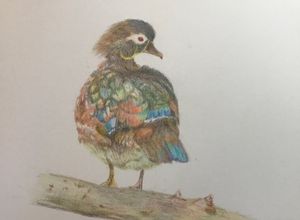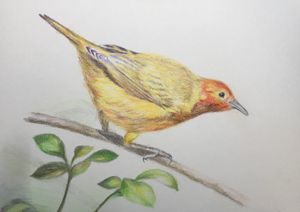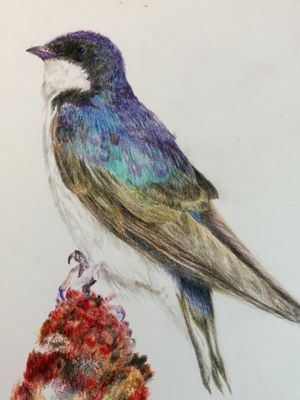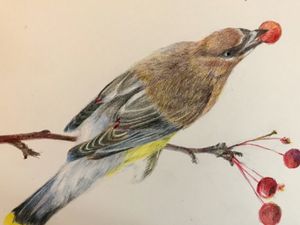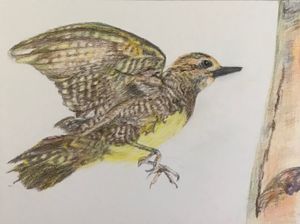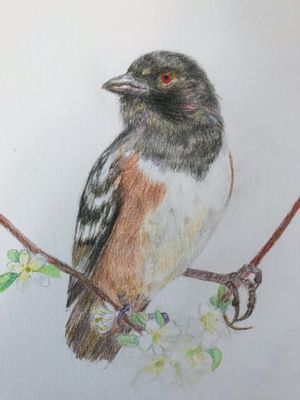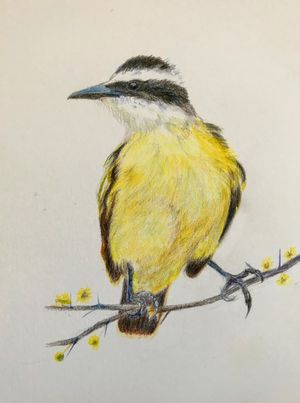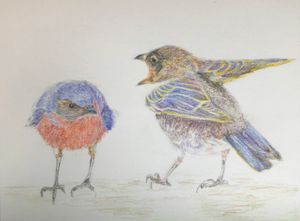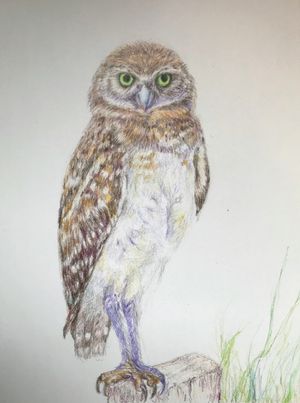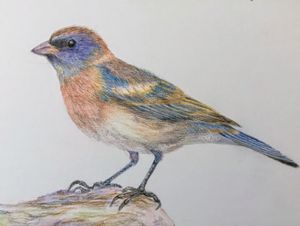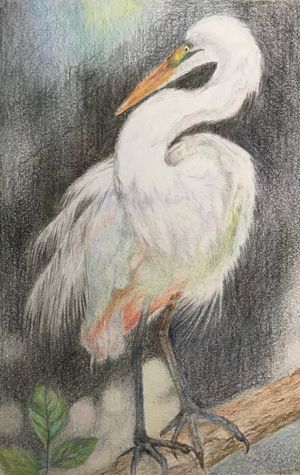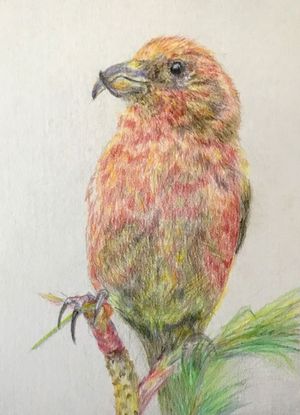The African Harrier-hawk, also known as the African Gymnogene or Bare-faced Whistling Hawk, is a fascinating raptor that has captured the attention of both scientists and cultural observers. This medium-sized bird of prey, found throughout sub-Saharan Africa, is renowned for its unique adaptations and hunting techniques[1][2].
One of the most striking features of the African Harrier-hawk is its ability to blush deep red in the face when surprised or during courtship, a characteristic that sets it apart from other raptors[2]. This peculiar trait has made it a subject of interest in African folklore, where it is sometimes associated with emotions and expressions typically reserved for humans.
Scientifically, the African Harrier-hawk is notable for its remarkable physical adaptations. It possesses a reversible intertarsal joint, allowing its legs to bend both forward and backward[1]. This unique feature enables the bird to reach deep into tree cavities and crevices to extract prey, showcasing its evolutionary specialization for foraging in diverse environments[4].
The diet of the African Harrier-hawk is impressively varied, reflecting its adaptability and opportunistic nature. It consumes a wide range of prey, including small mammals, birds, reptiles, and insects. Interestingly, it also feeds on oil palm fruits, making it one of the few raptors with an omnivorous diet[1][6]. This dietary flexibility has allowed the species to thrive in various habitats, from semi-desert scrub to lowland rainforests.
In terms of breeding behavior, the African Harrier-hawk exhibits some intriguing patterns. Unlike many other raptors, its breeding season varies depending on geographical location, demonstrating its ability to adapt to local environmental conditions[2]. This adaptability has made it a subject of study for ornithologists interested in avian reproductive strategies in response to climate and habitat variations.
Despite the challenges posed by habitat loss and human encroachment, the African Harrier-hawk has maintained a stable population and is currently classified as a species of Least Concern by conservation authorities[2]. This resilience in the face of environmental changes has made it an important species for studying avian adaptation to anthropogenic pressures.
The African Harrier-hawk's unique characteristics and behaviors continue to fascinate both scientists and nature enthusiasts. Its ability to thrive in diverse environments, coupled with its distinctive physical and behavioral traits, ensures that this remarkable raptor will remain an important subject of study and admiration in African wildlife conservation and ornithology for years to come.
非洲鷹鵟,又稱非洲裸面鷹或非洲裸臉鷹,是一種引人入勝的猛禽,吸引了科學家和文化觀察者的注意。這種中型猛禽遍布撒哈拉以南非洲,以其獨特的適應性和捕獵技巧而聞名。
非洲鷹鵟最引人注目的特徵之一是當它感到驚訝或在求偶時,臉部能夠變成深紅色,這一特徵使它與其他猛禽區別開來。這種特殊的特徵使它成為非洲民間傳說中的一個主題,在那裡它有時與通常只保留給人類的情感和表情聯繫在一起。
從科學角度來看,非洲鷹鵟因其非凡的身體適應性而著名。它擁有可逆的跗蹠關節,使其腿部能夠向前和向後彎曲。這一獨特的特徵使鳥類能夠深入樹洞和縫隙中捕捉獵物,展示了它為在多樣化環境中覓食而進化的專門化。
非洲鷹鵟的飲食非常多樣化,反映了它的適應性和機會主義性質。它消耗各種獵物,包括小型哺乳動物、鳥類、爬行動物和昆蟲。有趣的是,它還以油棕果實為食,使它成為少數幾種雜食性猛禽之一。這種飲食靈活性使該物種能夠在各種棲息地繁衍生息,從半沙漠灌木叢到低地雨林。
在繁殖行為方面,非洲鷹鵟表現出一些有趣的模式。與許多其他猛禽不同,它的繁殖季節根據地理位置而變化,展示了它適應當地環境條件的能力。這種適應性使它成為鳥類學家研究鳥類生殖策略如何應對氣候和棲息地變化的主題。
儘管面臨棲息地喪失和人類侵擾的挑戰,非洲鷹鵟仍然保持了穩定的種群,目前被保護機構列為無危物種。面對環境變化時的這種適應能力使它成為研究鳥類如何適應人為壓力的重要物種。
非洲鷹鵟的獨特特徵和行為繼續吸引著科學家和自然愛好者。它在多樣化環境中茁壯成長的能力,加上其獨特的身體和行為特徵,確保這種非凡的猛禽在未來幾年裡將繼續成為非洲野生動物保護和鳥類學研究的重要主題。
Citations:
[1] https://peregrinefund.org/explore-raptors-species/hawks/african-harrier-hawk
[2] https://operationmigration.org/african-harrier-hawk-the-ultimate-guide/
[3] https://en.wikipedia.org/wiki/Black_harrier
[4] https://www.mpalalive.org/field_guide/view/african-harrier-hawk
[5] https://www.britannica.com/animal/African-harrier-hawk
[6] https://animalia.bio/african-harrier-hawk?custom_list=11075
[7] https://www.britannica.com/animal/falconiform/Natural-history
[8] https://www.nationalgeographic.com/animals/article/african-harrier-hawk-beheads-prey-in-shocking-video-spd





























































